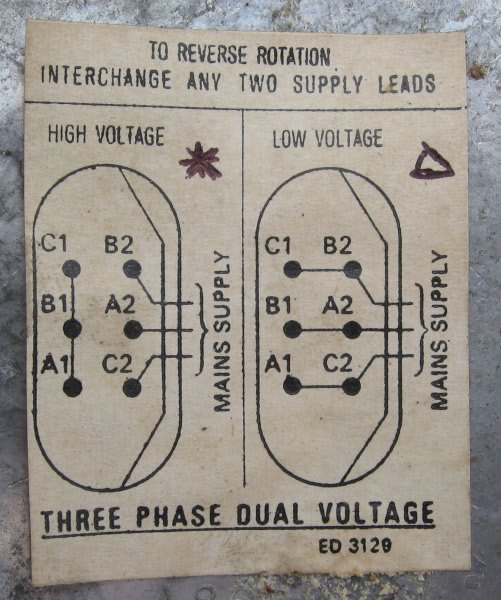ILikeLearning11
Industrial
Hello - forgive me as this is not my expertise -- but I have a customer claiming that when they wire up an electric motor (230/460V dual rated motor) --- that when it's wired for 230V, it runs in one direction. And when they hook that same motor up for 460V, it runs the opposite direction.
Let's assume they wired it up the same way with each phase for both --- is this a possible outcome? I have asked a couple of electric engineers who have said it's not but the customer is adamant about it. He is one to never admit he's wrong so I'm trying to have multiple sources to prove it's not possible. I think they are potentially just mixing up phases when changing the voltage connections -- which could cause the opposite rotation.
However, if it is possible, then please let me know. Thanks in advance!
Let's assume they wired it up the same way with each phase for both --- is this a possible outcome? I have asked a couple of electric engineers who have said it's not but the customer is adamant about it. He is one to never admit he's wrong so I'm trying to have multiple sources to prove it's not possible. I think they are potentially just mixing up phases when changing the voltage connections -- which could cause the opposite rotation.
However, if it is possible, then please let me know. Thanks in advance!

